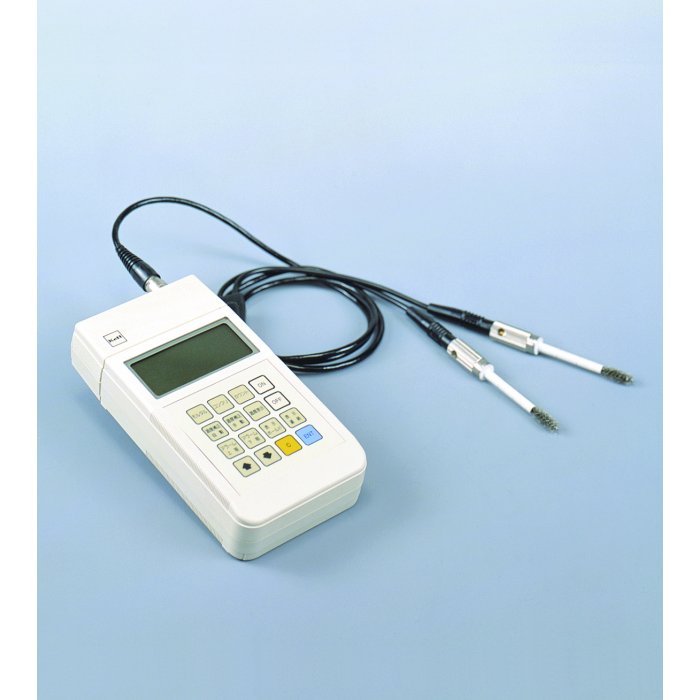
To prevent removal of the mortar or tile from concrete, recently, injection of epoxy into the space between them is quite popular. However, if, moisture in the spot where epoxy should be injected is high, satisfactory adhesion can not be Read More …

To prevent removal of the mortar or tile from concrete, recently, injection of epoxy into the space between them is quite popular. However, if, moisture in the spot where epoxy should be injected is high, satisfactory adhesion can not be Read More …
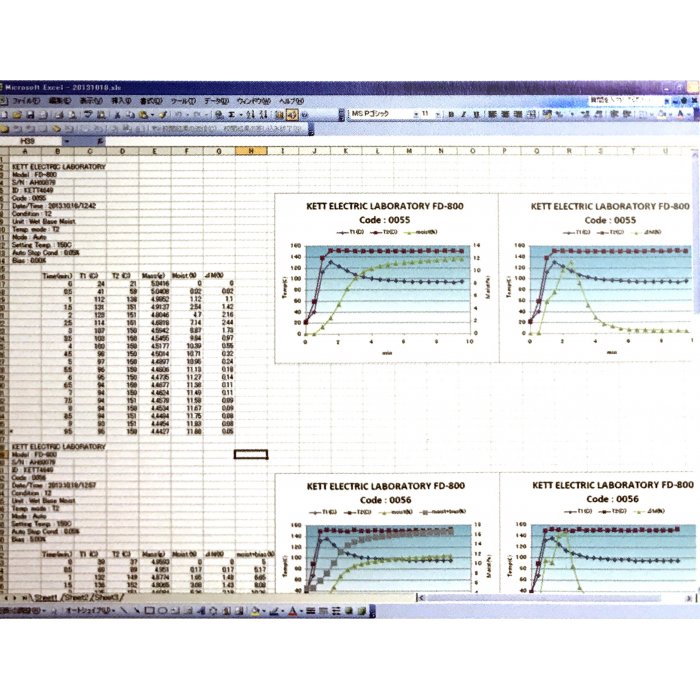
The FDL-02 software is software for processing measurement data from our “Infrared moisture analyzer FD-660, FD-720 and FD-800” via an RS-232C, on a personal computer (“PC” below) running Microsoft Windows 2000 / XP/ Vista. Measurement data uploaded into the PC Read More …
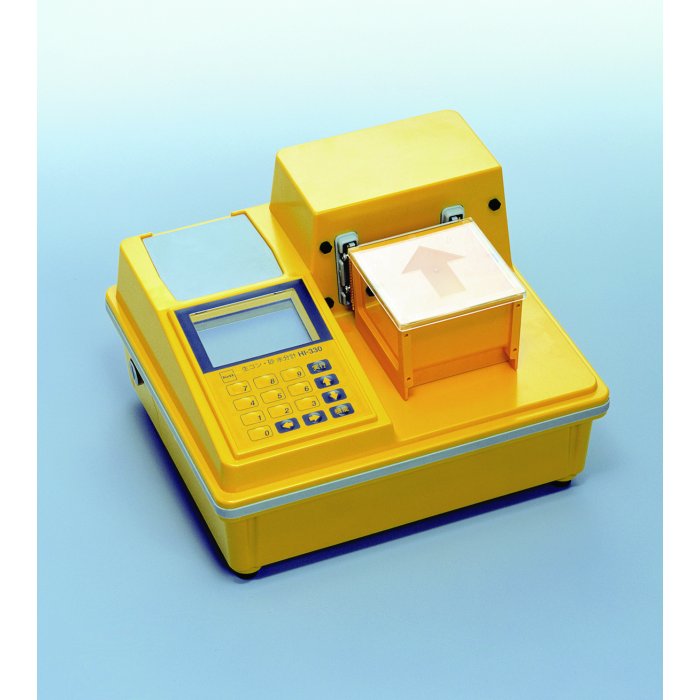
The HI-300 and HI-330 are fresh concrete moisture testers. By loading fresh concrete (mortar) that has been wet screened on-site into the sample container and simply pressing the measure key, these testers can both easily measure the moisture content and Read More …
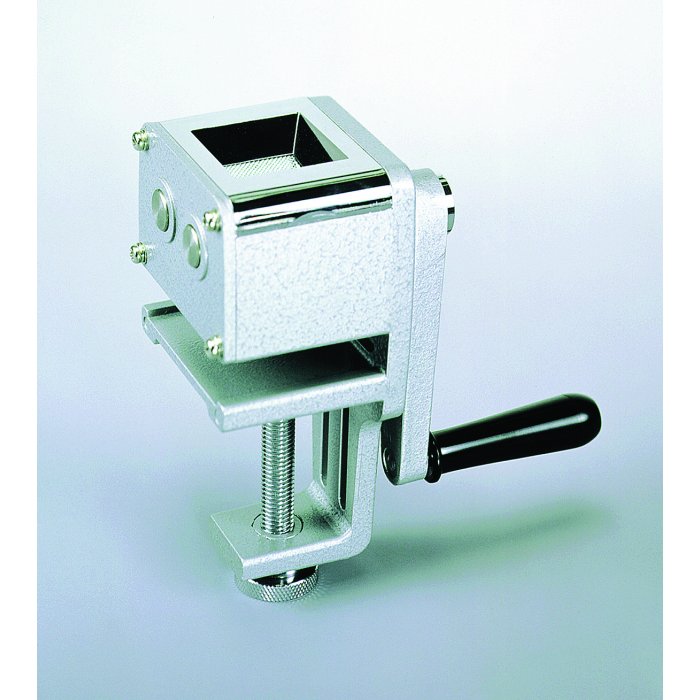
This crusher is approved by the Japanese governments for official use for moisture measurements. It features a roller for crushing samples, and a light alloy body which can easily be clamped to the edge of a table with the built-in Read More …
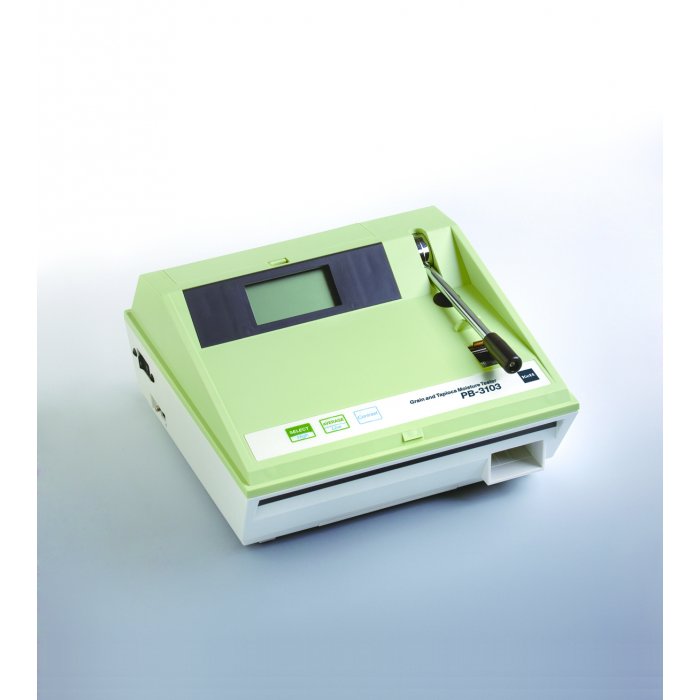
The PB-3100 series was produced based on grain moisture tester PB-1D3 which had large number of delivery results in Japan in total. As for the PB-3100 series, the moisture measurement of each world local rice and wheat is possible as Read More …
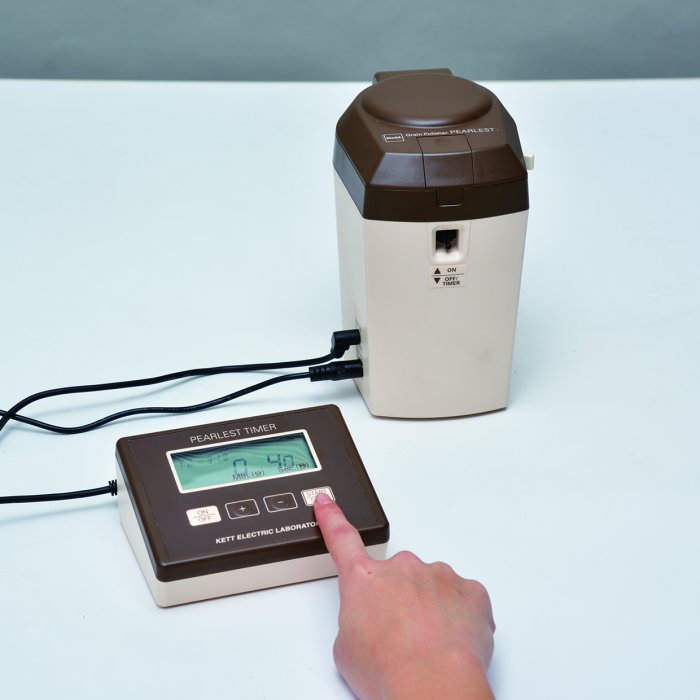
Removal of the bran is required for reliably measuring rice density, checking for damaged, rotten, or red-rust grains,or for determining whether glutenous and non-glutinous rice have been intermixed. The Pearlest was specifically designed to polish rice, wheat and barley for Read More …
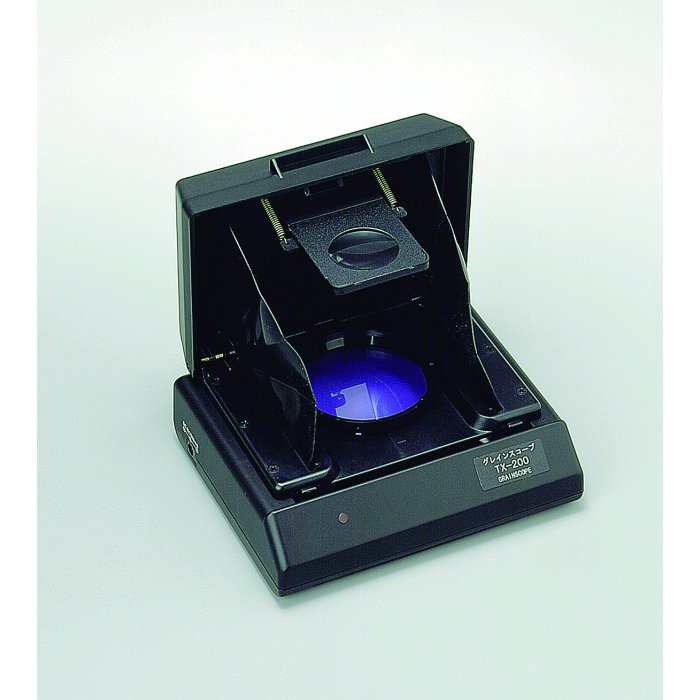
This device is used as an aid in inspecting rice quality. Whether or not there are damaged grains in a sample, the extent of damage and the ratio of damaged grains present can be quickly determined by placing the grains Read More …
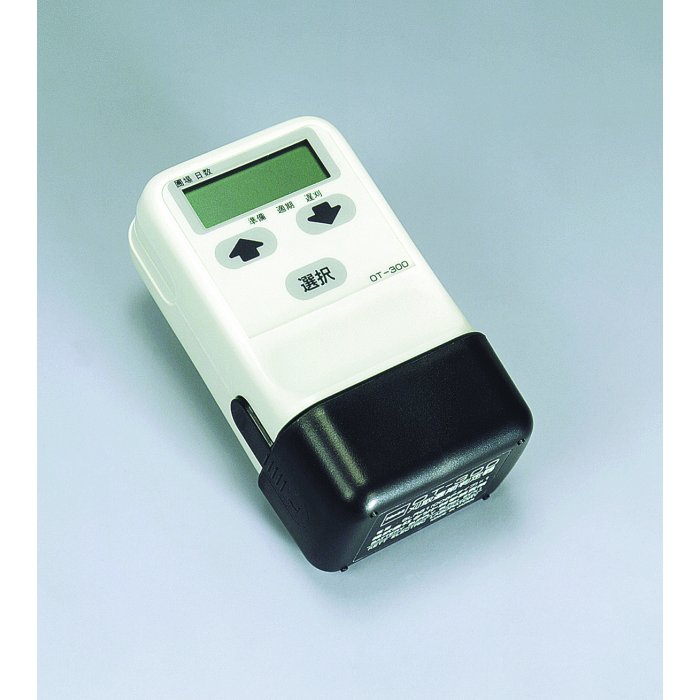
From the day rice sprouts, one must measure the rice paddy’s ripening, and when the added amount reaches 1000˚C, hitting the peak, one must harvest the paddy. There is a real danger, however, of harvesting too early or too late. Read More …